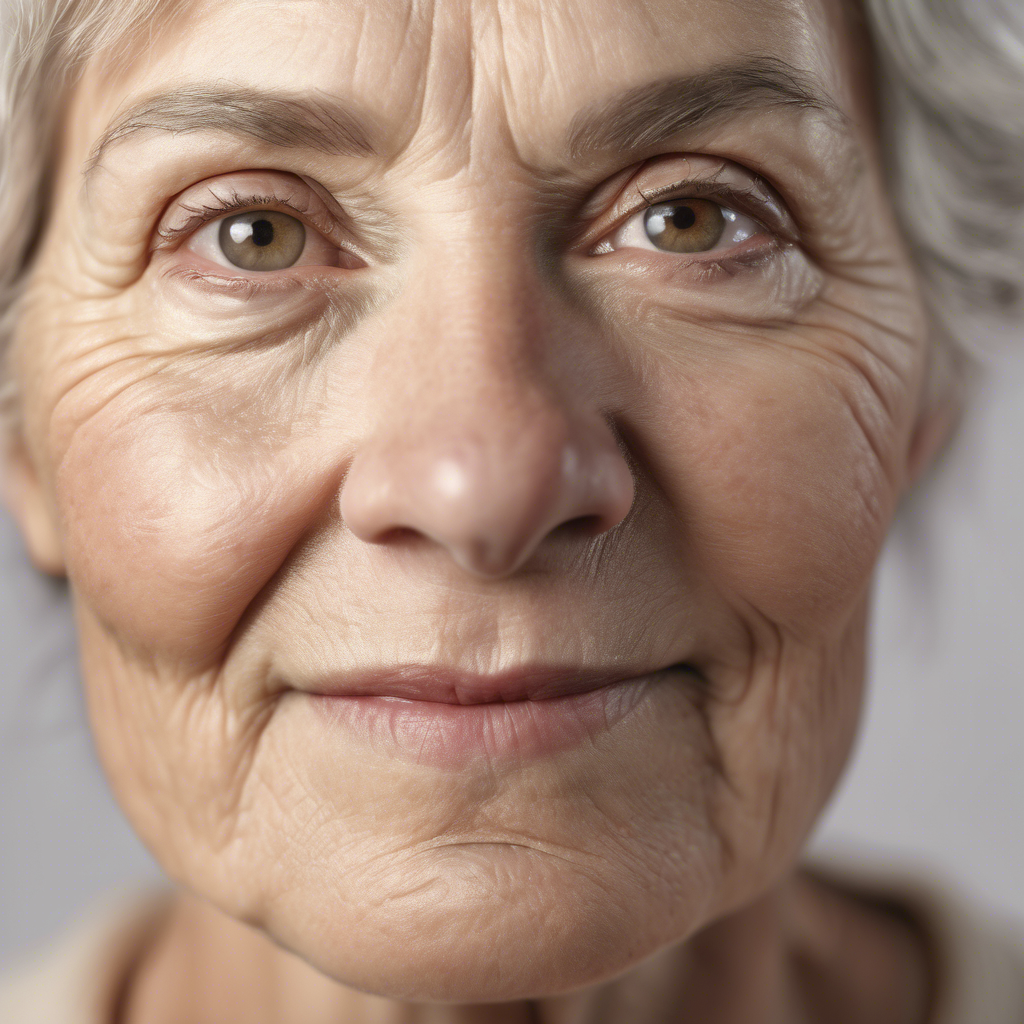
There’s nothing more attractive than someone who embraces their age gracefully. While society idolizes youth and often encourages preventative treatments to “stay young, ” some argue this trend makes young people in their 20s look older, around 30. I personally believe in aging gracefully. Although fillers intimidate me, I wonder if I’ll regret not having them by 50. To explore this, I turned to AI, which I’ve used before for changing hair color, predicting my future baby’s face, and creating headshots. Surely, AI could show a realistic version of my aged face. A quick App Store search for “old age face app” led me to FaceApp, a Cyprus-based app launched in 2017, known for applying old and young filters to photos. FaceApp is free but has limitations; the Pro version costs $10/month or $5/month if paid annually, offering premium filters, no watermarks, and faster processing. I started with the free version. Since I wasn’t selfie-ready, I selected four photos from my camera roll, mindful that AI apps often require quality images. After uploading, each image bore the FaceApp watermark due to the free plan. The interface is straightforward, with prompts to adjust face size, skin, expression, hair, gender, and age. Under the Age category, eight filters range from young to old. I chose “cool old” first, easing into the experience. My initial reaction was that I looked overly made-up and resembled my grandmother.
On the second try, the app effectively depicted the vertical line between my eyebrows and crow’s feet—features my 70-year-old father has, along with a full head of hair, which the app preserved. The third and fourth versions showed me aging with a flattering hairstyle, which I didn’t mind much. Regarding privacy, FaceApp assures users it only uses photos/videos to enable editing, temporarily caching them in encrypted form on Google Cloud and Amazon Web Services for no longer than 48 hours. Afterward, neither FaceApp nor its partners retain the images. Curious about how to prevent such aging, I uploaded the FaceApp images to ChatGPT, asking for personalized advice beyond generic recommendations. ChatGPT emphasized a morning vitamin C serum for brightness and vitamin A at night. It also suggested preventative treatments such as microneedling, laser therapy, chemical peels, and Botox. Upon querying whether Botox was necessary or if good skincare would suffice, ChatGPT recommended trying skincare for two years before considering Botox for deepening dynamic lines. As a nontoxic skincare enthusiast, I asked about natural Botox alternatives. ChatGPT suggested facial acupuncture, natural wrinkle relaxers like bakuchiol, argireline, aloe vera, a collagen-rich diet, and noninvasive treatments such as microcurrent devices and LED light therapy. For the most natural cosmetic procedures, it listed microneedling, PRP therapy, LED light therapy, RF therapy, microcurrent therapy, nontoxin dermaplaning, oxygen facials, organic chemical peels, and natural fat transfer. It also highlighted three top nontox treatments based on my photos. In summary, AI offers a helpful way to visualize aging and explore preventive strategies through chatbots. While AI-generated images may not be perfectly accurate, they can inform skincare and haircare decisions—though consulting a dermatologist is always wise. Ultimately, perhaps the key lies in aging with dignity and shifting societal views to celebrate beauty at every age, so by 60, embracing one’s natural self is truly valued.
Using AI and Skincare Tips to Embrace Aging Gracefully and Naturally


Toronto, Ontario, Oct.

**The Gist** At CDP World 2025, Treasure Data presented a vision of “agentic marketing,” where AI agents operate collectively to augment—not replace—human marketers

SolaX Power, a leading energy storage manufacturer, has been honored with the prestigious SMM Global Tier 1 Award for its Battery Energy Storage Systems (BESS).
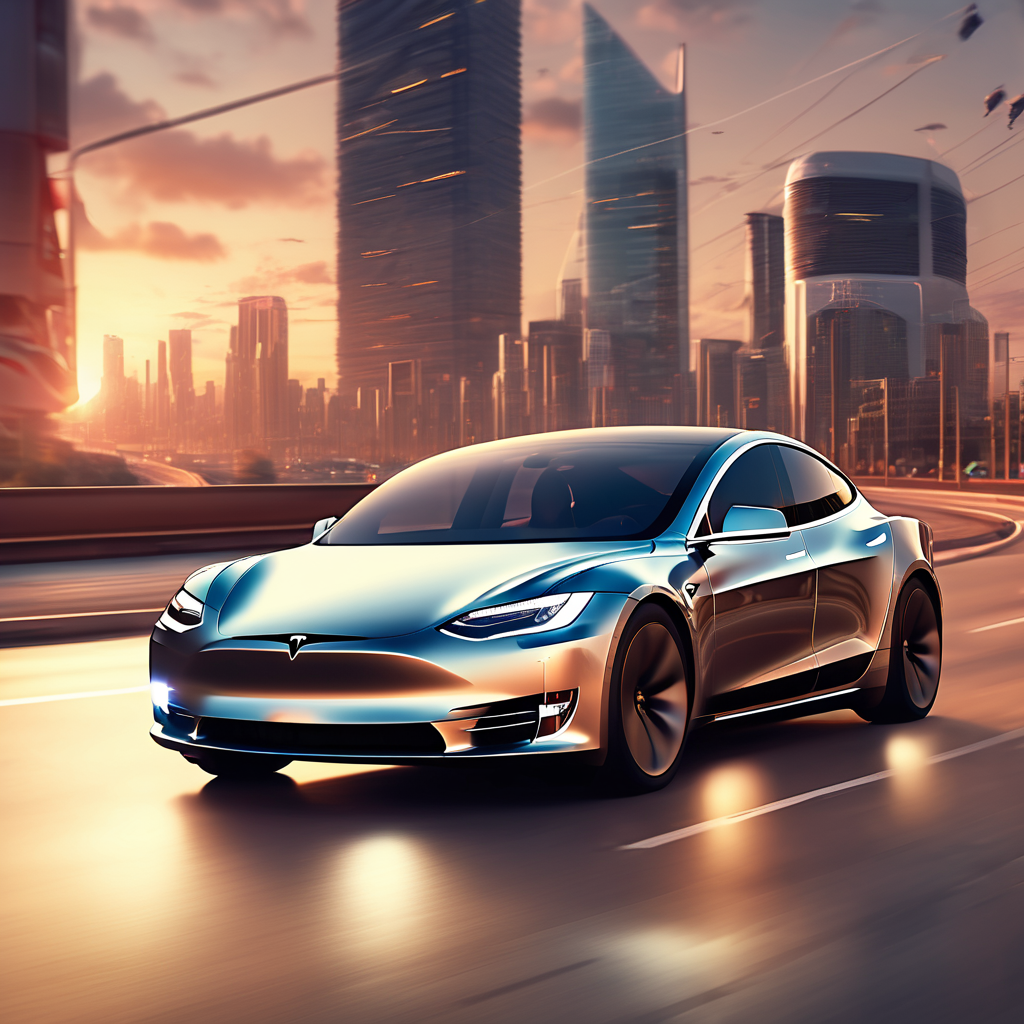
Tesla has recently unveiled a suite of new safety features within its AI Autopilot system, marking a significant advancement in vehicle safety and driver assistance.
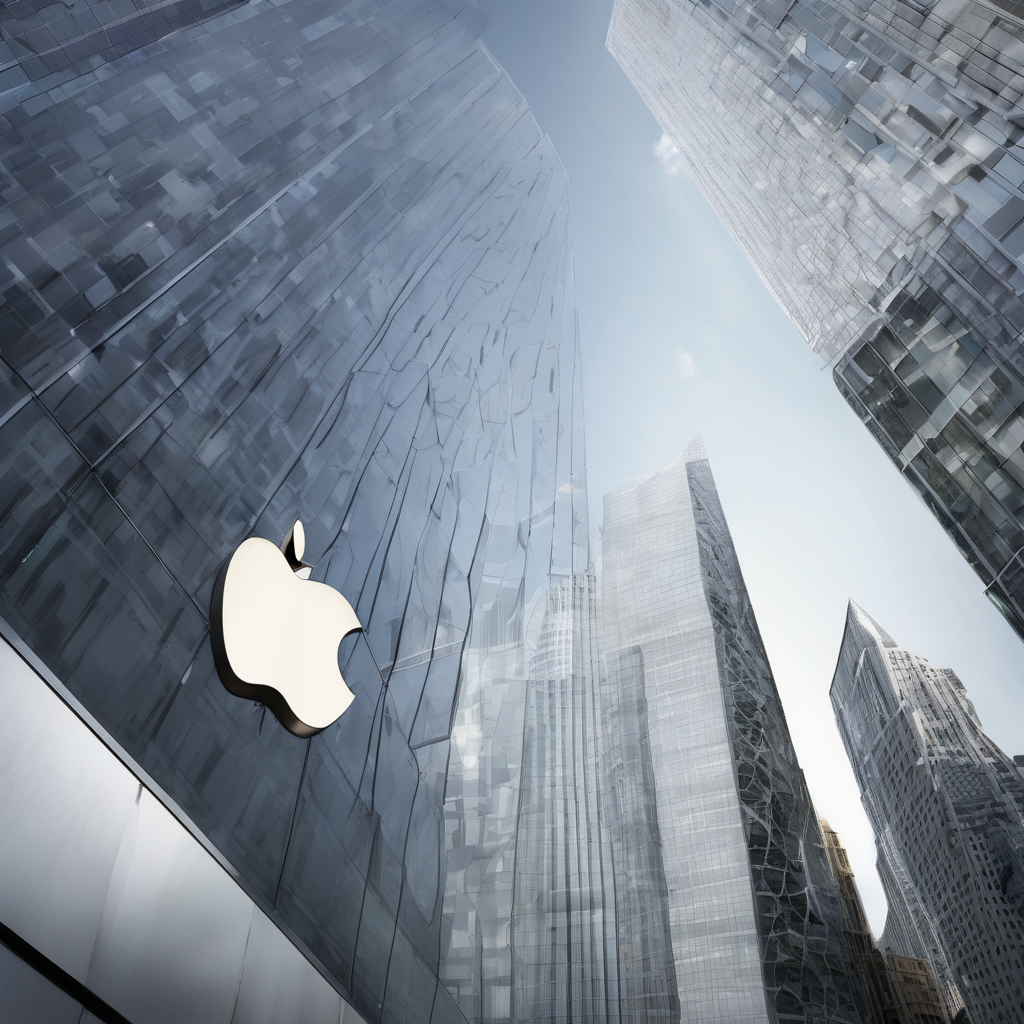
Rather than simply purchasing as many AI chips as possible, Apple acquires computing capacity from external partners, explained finance chief Kevan Parekh during the company’s fourth-quarter earnings call on Thursday.

In recent years, the sports world has undergone a significant transformation through the adoption of advanced artificial intelligence (AI) technologies, especially AI-powered video analysis tools.
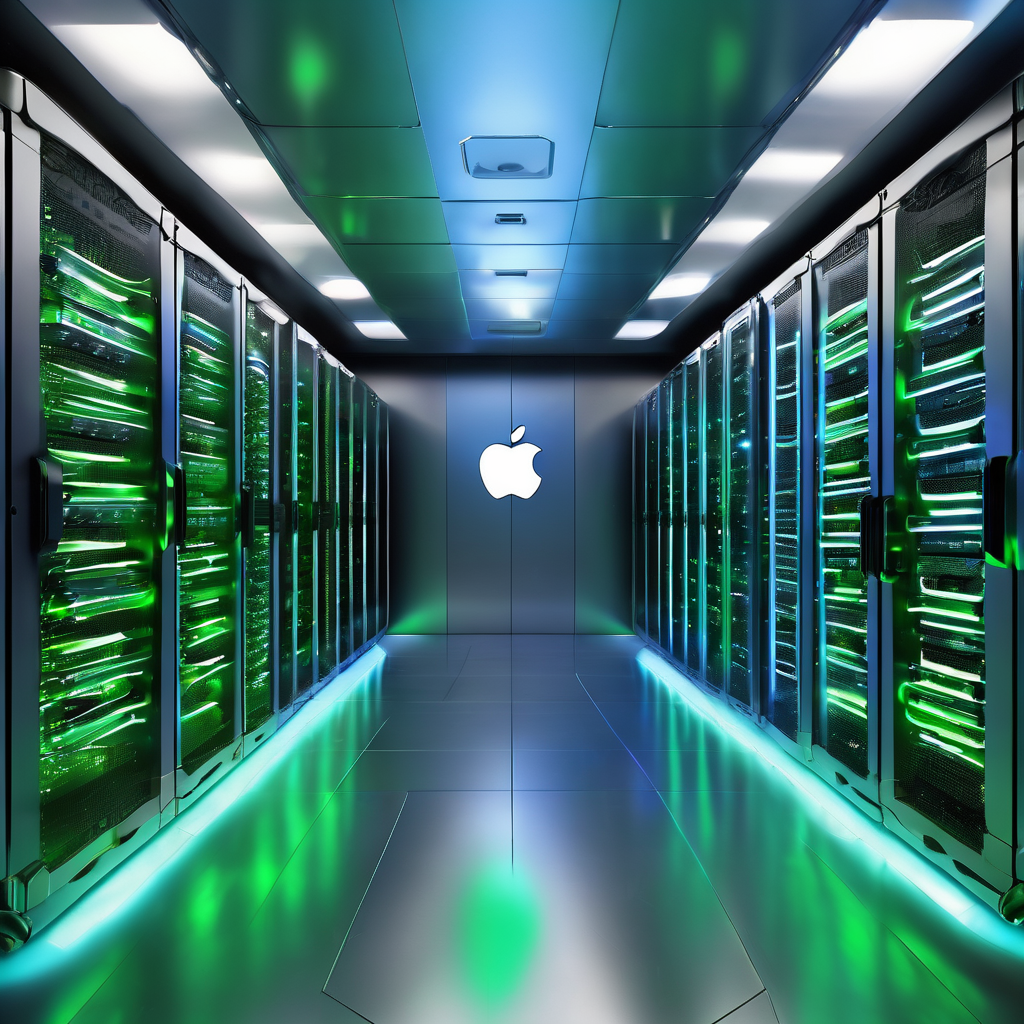
Apple has begun shipping artificial intelligence servers from its newly established Houston factory much earlier than planned, signaling significant progress in the company's expanding large-scale computing efforts.
Launch your AI-powered team to automate Marketing, Sales & Growth
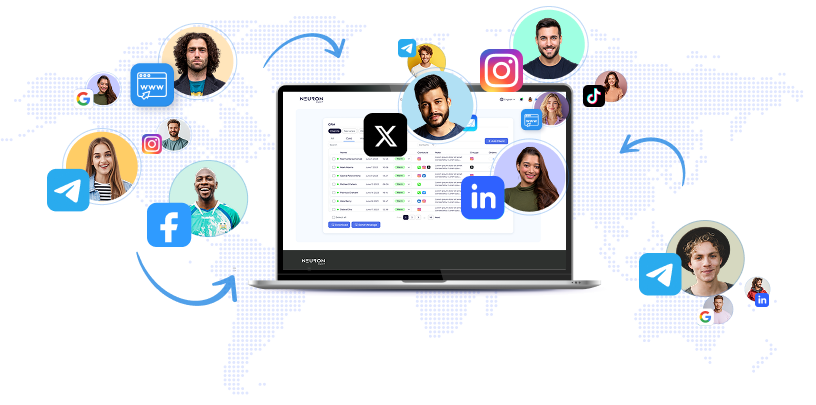
and get clients on autopilot — from social media and search engines. No ads needed
Begin getting your first leads today